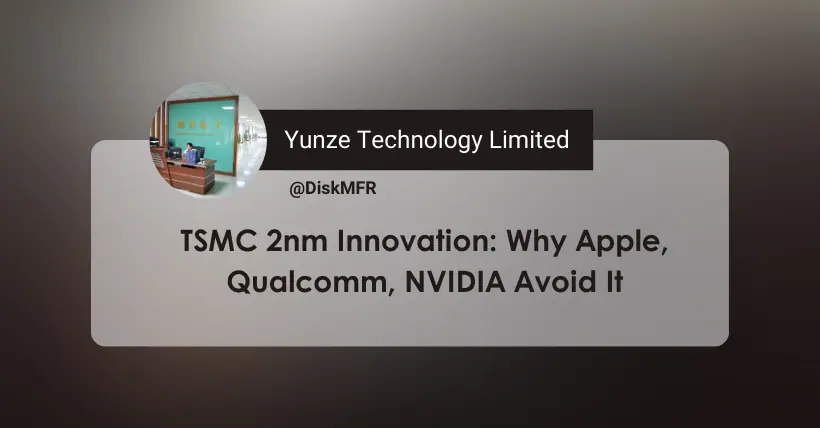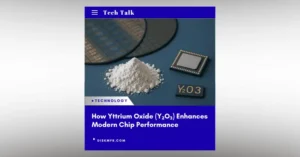It is clear to everyone that after 28nm, what is called the advancement of chip processes is actually about equivalent processes.
Before 28nm, many wafer fabs used processes like 28nm, 40nm, or 65nm, which referred to the gate width in the chip, and this was directly linked to the process.
But after 28nm, since the gate width cannot be infinitely reduced, it became about equivalent processes.
Wafer fabs believe that even though their process is similar, even though it’s still 28nm, by improving the structure and other factors to reduce power consumption by 20%, or increase performance by 20%, their actual process has advanced a generation, and they can call it 20nm.
Or, based on 20nm, if power consumption is reduced and performance is enhanced another generation, they can call it 14nm… and so on.
This is why a Qualcomm executive once said that wafer fabs like to make the numbers for the nanometer process smaller, which is a marketing game, not the true process.
Why do they do this? It’s to make everyone think that the entire chip process is constantly advancing, and the smaller the process, the stronger the performance…
This way, chip manufacturers have an incentive to adopt new processes, and consumers are willing to pay for new processes, as it sounds good: 5nm is better than 7nm, 3nm is better than 5nm, 2nm is better than 3nm, right?
And wafer fabs, the more advanced the process, the more expensive it is, and the higher the profit, so as long as the chip process keeps advancing, everyone can continue to make big profits.
Take TSMC for example. Over the years, they have made huge profits by constantly pushing forward chip processes, with gross margins over 50%, much higher than regular chip companies.
Now, after 3nm, they are introducing 2nm, and mass production of 2nm is expected in 2025. TSMC hopes that companies like Apple, Qualcomm, Nvidia, and MediaTek will quickly come on board.
It is said that with 3nm chips, the price of a 12-inch wafer was $20,000, while for 2nm, the price could rise to $30,000, an increase of 50%. This is because 2nm R&D and factory costs are high, and to make more money, prices must rise.
However, the news now is somewhat awkward. It is said that Apple, Qualcomm, Nvidia, and MediaTek may not use 2nm chips in 2025, because they are too expensive. After all, the price is rising by 50%, but the performance only improves by 15%, or the power consumption only drops by about 25-35%. This doesn’t make sense, so they plan to continue using the third-generation 3nm process, N3P, in 2025, believing it offers better value for money.
According to ASML’s plan, for the next few decades, chip processes will keep advancing, from 2nm to 1.4nm, 1nm, 0.7nm, and so on, with prices expected to keep rising.
But when that time comes, how many manufacturers will be willing to use such processes? And how many chips will actually need to use 1nm or below? This might really be a scheme by wafer fabs and chip equipment manufacturers to push chip companies forward, forcing them to spend big money on the latest processes.
Related:

Disclaimer:
- This channel does not make any representations or warranties regarding the availability, accuracy, timeliness, effectiveness, or completeness of any information posted. It hereby disclaims any liability or consequences arising from the use of the information.
- This channel is non-commercial and non-profit. The re-posted content does not signify endorsement of its views or responsibility for its authenticity. It does not intend to constitute any other guidance. This channel is not liable for any inaccuracies or errors in the re-posted or published information, directly or indirectly.
- Some data, materials, text, images, etc., used in this channel are sourced from the internet, and all reposts are duly credited to their sources. If you discover any work that infringes on your intellectual property rights or personal legal interests, please contact us, and we will promptly modify or remove it.








